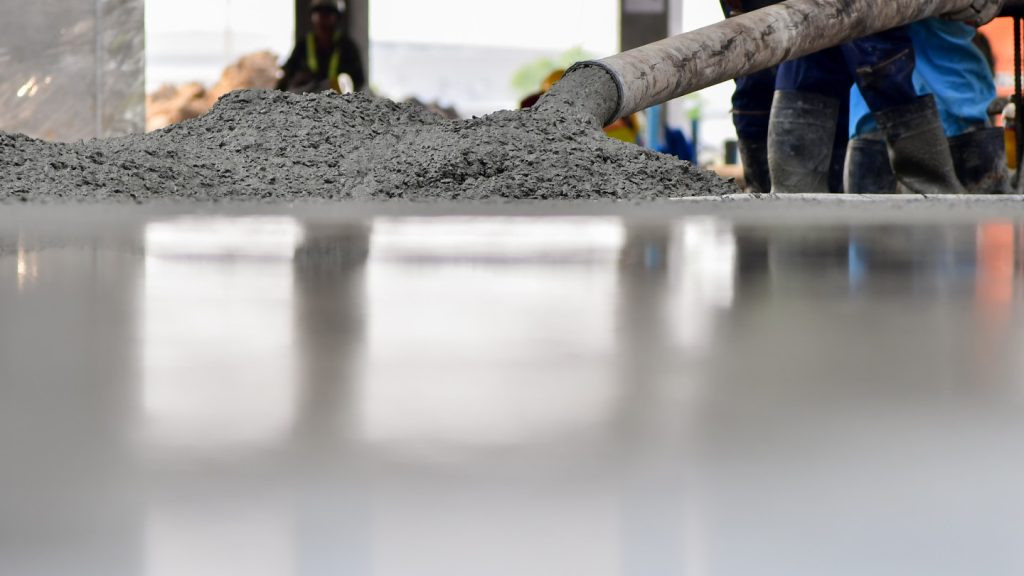What is the role of water slag, fly ash, desulfurized gypsum and limestone in cement?

Cement is a cementitious material made of clinker mixed with different types of mixed materials and ground to a certain fineness by a mill. Participate in different types of admixtures to make cement with different properties.
Different admixtures have the following functions in cement:
Water slag: also known as water quenched slag, is a good active mixture, but due to the high hardness and poor grindability of water slag, at present, only a small amount is used as a cement admixture by cement manufacturers, and most of them are used as cement admixtures. Steel mills pile up water slag as waste, which not only occupies a large amount of arable land, but also pollutes the environment.
Water slag has potential hydraulic cementation properties. Under the action of cement clinker, lime, gypsum and other activators, it can show hydraulic cementation properties and is a high-quality cement raw material. Water slag can be used as cement admixture or made into clinker-free cement.
①Slag Portland cement is made by mixing Portland cement clinker and water slag with 3% to 5% gypsum, or grinding separately and then mixing evenly. Slag Portland cement is referred to as slag cement.
②Gypsum slag cement is a kind of hydraulic cementitious material obtained by mixing dry water slag, gypsum, Portland cement clinker or lime according to a certain proportion, or grinding them separately and then mixing them evenly. In the preparation of gypsum slag cement, blast furnace slag is the main raw material, and the general dosage can be as high as 80%.
③Lime slag cement is a kind of hydraulic cementitious material obtained by grinding dry water slag, quicklime or slaked lime and natural gypsum below 5% in an appropriate proportion. The amount of lime added is generally 10% to 30%, and its function is to stimulate the active components in the water slag to generate calcium aluminate hydrate and calcium silicate hydrate.
Fly Ash:
Incorporating fly ash into cement has the following effects:
(1), reduce the cost of cement
(2) It forms a continuous particle gradation with the cement particles and plays the role of “lubrication”
(3) Improve the workability of concrete
The addition of fly ash does not increase the strength of cement, but reduces it. However, since the current 28d compressive strength of clinker is generally around 60MPa, the national standard requirement of P.O 42.5 cement, which is the most demanded in the market, is above 42.5 MPa, so cement plants will add Part of the fly ash (the national standard stipulates that the fly ash in P.O 42.5 should not exceed 20%).
plaster:
Adjust setting time, improve early strength, reduce shrinkage deformation, improve corrosion resistance, frost resistance, impermeability, etc. However, there is a suitable amount of mixing in cement, too much or too little will have adverse effects.
There are two main types of gypsum added to cement: natural gypsum and desulfurized gypsum. Now in order to protect the environment, save resources and reduce costs, desulfurized gypsum is rapidly replacing natural gypsum.
limestone:
With the gradual reduction of high-quality admixtures such as slag and fly ash, limestone has gradually become one of the admixtures to be added. The incorporation of ultra-fine limestone powder into cement can improve the early strength of mixed cement, but with the increase of the amount of added limestone, the cement The intensity gradually becomes smaller, so the amount of incorporation should be strictly controlled.
